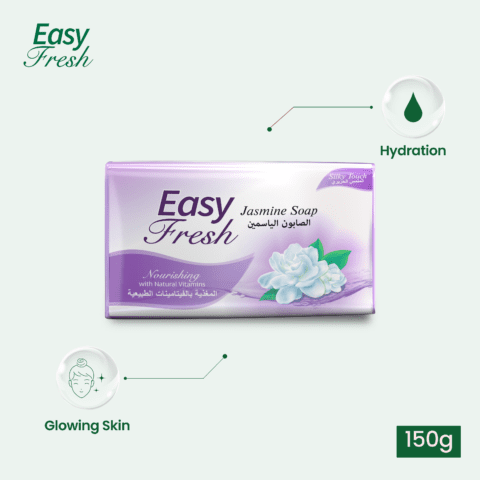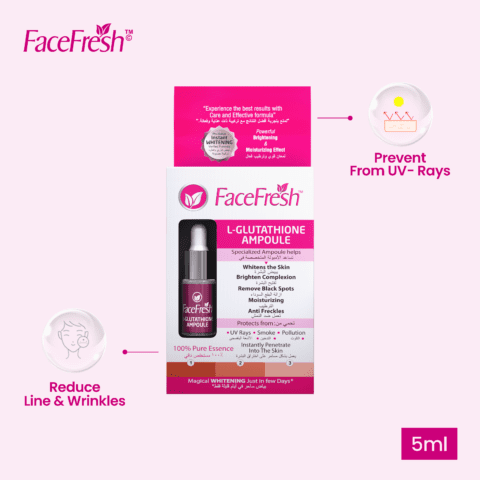Hair is not only a defining feature of our appearance but also a reflection of our overall health. It can be disheartening to experience hair snapping or breakage, as it affects the overall look and feel of our hair. In this article, we will explore the snap test of hair, understand its causes, and provide effective solutions to prevent and manage hair snap issues.
Introduction
Having healthy and strong hair is a goal for many individuals. However, sometimes hair can become weak and prone to snapping. The snap test is a simple yet effective way to determine the strength and elasticity of your hair. By gently stretching a strand of hair and observing how it behaves, you can identify if your hair is prone to snapping or breaking easily.
Understanding the Snap Test of Hair
To perform the snap test, take a strand of your hair between your fingers and gently stretch it. Healthy hair will have some elasticity and will return to its original length without breaking. On the other hand, hair that snaps or breaks easily indicates that it lacks strength and is prone to damage.
Causes of Hair Snapping
Several factors can contribute to hair snapping. Understanding these causes is crucial in finding effective solutions to prevent and manage the issue.
Excessive Heat Styling
Frequent use of heat styling tools such as flat irons, curling irons, and blow dryers can weaken the hair shaft, leading to hair snapping. The excessive heat strips the hair of its natural moisture and makes it more prone to breakage.
Chemical Damage
Chemical treatments like bleaching, perming, and coloring can weaken the hair structure, making it brittle and prone to snapping. Harsh chemicals strip the hair of its natural oils, leaving it dry and fragile.
Lack of Moisture
Dry and dehydrated hair lacks the necessary moisture and becomes more susceptible to snapping. Environmental factors, excessive sun exposure, and using harsh shampoos can contribute to moisture loss in the hair.
Identifying Hair Snap Issues
Recognizing the signs of hair snapping is crucial for early intervention and prevention. Here are some common indicators of hair snap issues:
Dry and Brittle Hair
If your hair feels rough, lacks shine, and breaks easily, it may be a sign of hair snapping. Dry and brittle hair is more susceptible to damage and breakage.
Split Ends
Split ends occur when the hair shaft becomes weak and starts splitting at the ends. Hair with split ends is prone to snapping and requires proper care and trimming.
Breakage during Styling
If you notice your hair breaking or snapping when you brush, comb, or style it, it indicates a weakness in the hair structure. This can be a result of hair snapping issues.
Tips for Preventing Hair Snap
Prevention is key when it comes to maintaining healthy hair and preventing hair snapping. Here are some tips to help you protect your hair:
Limit Heat Styling
Reduce the frequency of using heat styling tools and opt for heat-free hairstyles whenever possible. When using heat, always apply a heat protectant product to minimize damage.
Use Protective Products
Invest in quality hair care products that provide protection against damage. Look for shampoos, conditioners, and leave-in treatments that nourish and strengthen the hair.
Moisturize Regularly
Keep your hair well-hydrated by using moisturizing hair masks or deep conditioning treatments. This helps to restore moisture, improve elasticity, and prevent hair snapping.
Avoid Harsh Chemicals
Minimize the use of harsh chemical treatments and opt for gentler alternatives. If you must use chemical treatments, consult a professional and ensure proper aftercare to minimize damage.
Remedies for Hair Snap
If you’re already experiencing hair snap issues, there are several remedies you can try to improve the strength and condition of your hair:
Deep Conditioning Treatments
Regular deep conditioning treatments provide intensive hydration and nourishment to the hair. Look for products that contain ingredients like argan oil, shea butter, or keratin to restore strength and elasticity.
Trim Regularly
Trimming your hair regularly helps to remove split ends and prevent them from traveling up the hair shaft. This keeps your hair healthier and reduces the chances of snapping.
Avoid Tight Hairstyles
Avoid hairstyles that pull on the hair tightly, as they can cause stress and breakage. Opt for looser hairstyles or protective styles that distribute tension evenly.
Healthy Diet and Supplements
A balanced diet rich in vitamins, minerals, and proteins is essential for healthy hair. Additionally, you can consider taking supplements like biotin, collagen, or omega-3 fatty acids to promote hair strength and growth.
Conclusion
Hair snap can be a frustrating issue, but with proper care and prevention, you can maintain healthy and resilient hair. By understanding the causes and implementing the tips and remedies provided in this article, you can effectively prevent and manage hair snap issues. Remember to listen to your hair’s needs, nourish it with moisture and nutrients, and avoid excessive heat and harsh chemicals.




Leave a comment
Your email address will not be published. Required fields are marked *